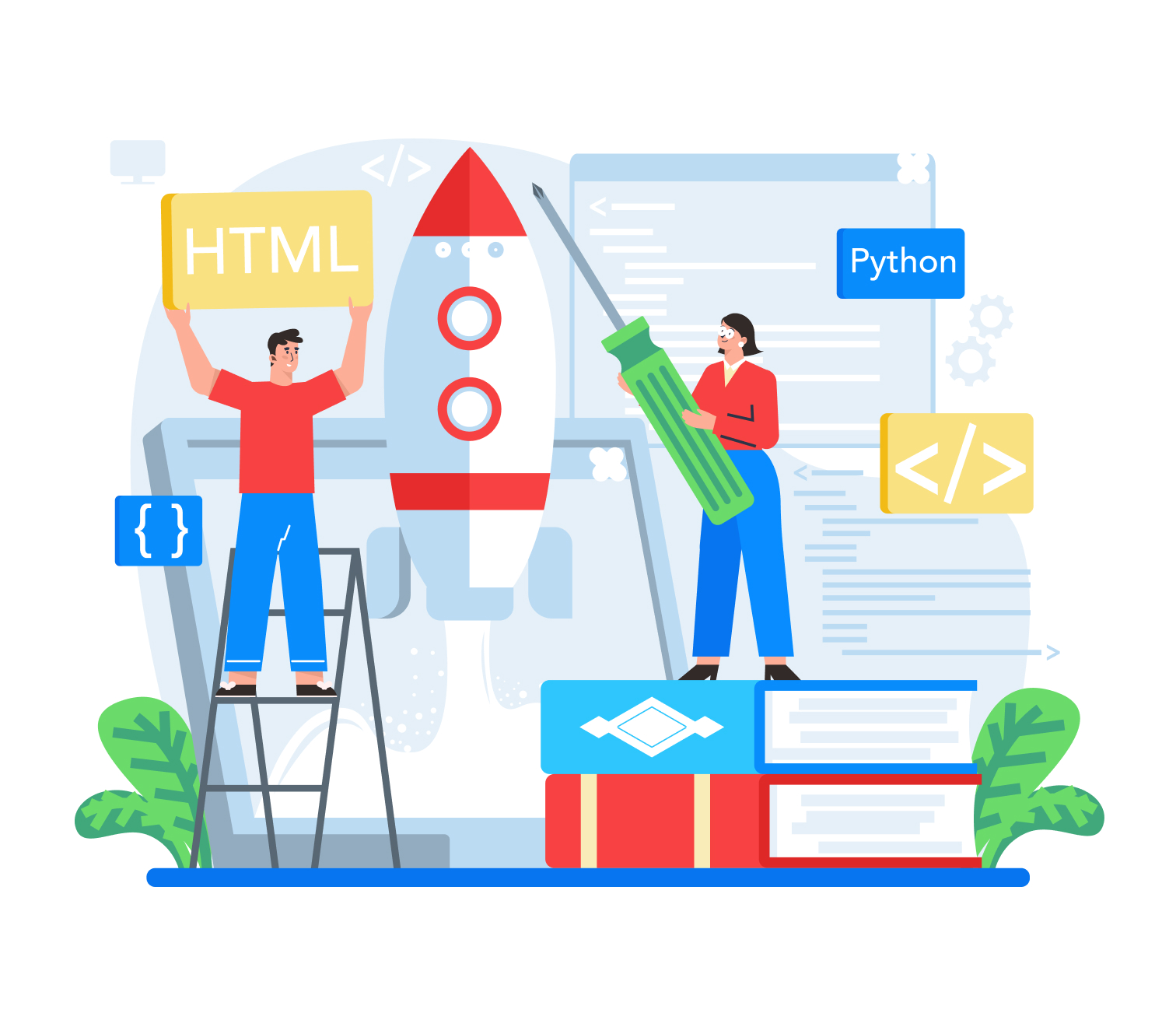Published on March 24, 2024
Full-stack development is the art of mastering both front-end and back-end technologies, enabling developers to build complete web applications. This comprehensive approach to development allows for a seamless transition between client-side and server-side coding, making full-stack developers highly sought after in the tech industry.
The Essential Skills of a Full-Stack Developer
To become a proficient full-stack developer, one must acquire a diverse set of skills ranging from HTML, CSS, and JavaScript for the front-end to server-side languages like Node.js, Ruby, Python, or PHP. Additionally, knowledge of database management, version control, and basic design principles is crucial.
Front-End Technologies: Building the User Interface
The front-end is where users interact with the web application. Full-stack developers must be adept at using frameworks and libraries like React, Angular, or Vue.js to create responsive and dynamic user interfaces.
Back-End Technologies: The Server-Side Story
The back-end is the backbone of a web application, dealing with server logic, database interactions, and application architecture. Languages and frameworks such as Express.js for Node.js, Django for Python, and Ruby on Rails are part of a full-stack developer’s toolkit.
Full-Stack Tools and Frameworks
Modern full-stack development is supported by a plethora of tools and frameworks designed to streamline the development process. This section would delve into the most popular ones, their use cases, and how they integrate with other technologies.
The Benefits of Being a Full-Stack Developer
Being a full-stack developer comes with numerous advantages, such as versatility in the job market, a holistic understanding of web applications, and the ability to take a project from concept to completion.
Challenges and Best Practices in Full-Stack Development
Full-stack development is not without its challenges. This section would address common obstacles and provide best practices for overcoming them, ensuring efficient and effective development workflows.
What is a full stack developer
Full stack developers should be able to judge whether the selected technologies are the right choice for their project during the early phases. Some responsibilities of a full stack developer are to:
- Help in choosing the right technologies for the project development and testing both on the front end and the back end.
- Write clean code across the stack by following the best practices of the tools used.
- Be up to date with the latest technologies and tools to make the best technology usage decisions.
The Future of Full-Stack Development
As the web continues to evolve, so does the role of the full-stack developer. This concluding section would reflect on the future trends and how aspiring developers can stay ahead in this dynamic field.


